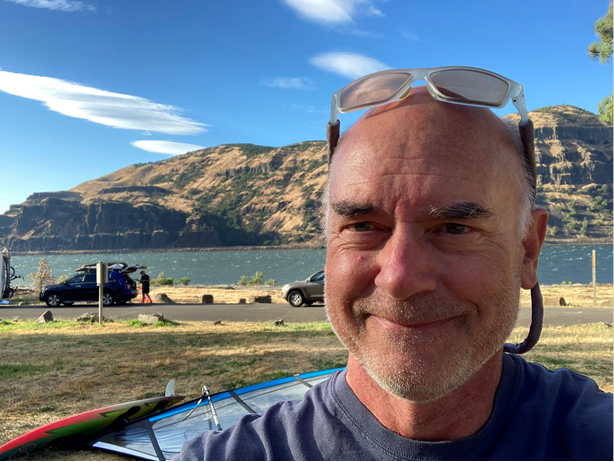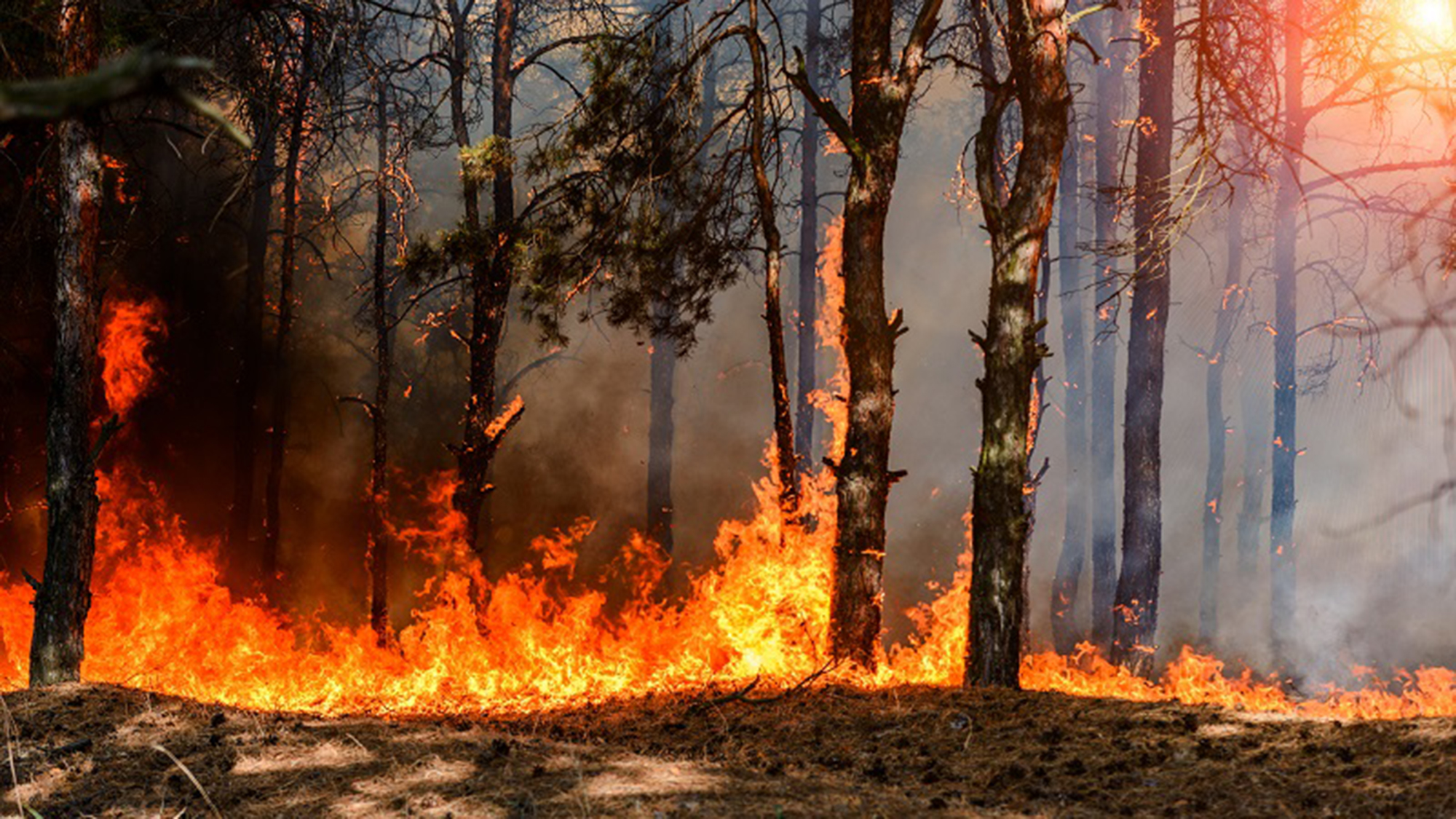April 15, 2025
Innovating for Safety and Sustainability: Oldcastle’s Commitment to Wildfire Protection

As I woke up on Labor Day morning ready to make the most of the final days of summer, I looked outside and saw billowing sunlit smoke, the sign of a nearby forest fire threatening my city Portland, Oregon. It’s a stark reminder of the destructive power of wildfires and the importance of creating resilient solutions to protect our communities.
The recent California wildfires have weighed heavily on me, and at Oldcastle Infrastructure, we extend our deepest sympathies to the victims. They are a clear reminded of the Eagle Creek Fire where East winds carried the flames to the edge of Portland. It came with eye drying hot winds, ash like snow, and a total sense of helplessness as our forests burned.
As a Thermoplastics Materials Engineer at Oldcastle, I am intimately familiar with how we develop materials that protect us in critical situations. With the growing threat of wildfires, we knew we needed to create a material that was heat- and flame-resistant—the result: the Duralite® composite enclosure.
This first article explores how Duralite meets rigorous safety standards and flame resistance tests for better environmental sustainability. Featuring a thermoset composite lid and a composite plastic body, the enclosure passes the SCTE 77 Flame Spread and the Enclosure Heat Protection tests. This test involves burning the materials to measure the rate of burn and build a fire over the buried enclosure to measure the effects of heat inside.
In 2024, we transitioned from a brominated/halogenated flame retardant to a phosphorus-based flame retardant, because there’s growing evidence that halogen-free flame retardants (FRs) are safer for people and more sustainable for the environment.
Halogenated FRs are effective at preventing smoke and flames, but persist in the environment, bioaccumulate in the food chain, and disrupt endocrine systems, potentially leading to harmful health effects. Halogenated FRs break down slowly, accumulating in soil, water, and wildlife over time. As they move up the food chain, they can reach dangerous concentrations in predators. Studies suggest potential developmental, reproductive, and immune system impacts. When disposed of improperly, halogenated FRs can leach toxic chemicals into the environment, contributing to long-term pollution.
At Oldcastle, we strive to make products that meet the highest safety standards and contribute to environmental sustainability. While our Duralite composite body was designed to meet the load-bearing specifications of concrete alternatives, we’ve taken the extra step of using recycled plastic as the primary material. Blending recycled plastic with engineered additives achieves the required strength while reducing our environmental impact.
Our first successful Duralite bodies were made with some of the dirtiest recycled plastics— water bottle caps and closures. We rigorously test all incoming recycled materials to ensure our products meet or exceed performance standards. Compared to new plastic, recycled plastic emits 50% less greenhouse gas (GHG) per weight.
A Duralite enclosure is also significantly lighter than concrete alternatives and produces far fewer GHG emissions. We take a circular sustainability approach. When the enclosure reaches the end of its life, it can be ground up to create new products. We recycle our own Duralite process scrap to produce fresh enclosures. Duralite is not just a high-performance solution; it’s also the most sustainable choice available.
To learn more about our lightweight composite enclosure, please visit our Duralite page.



